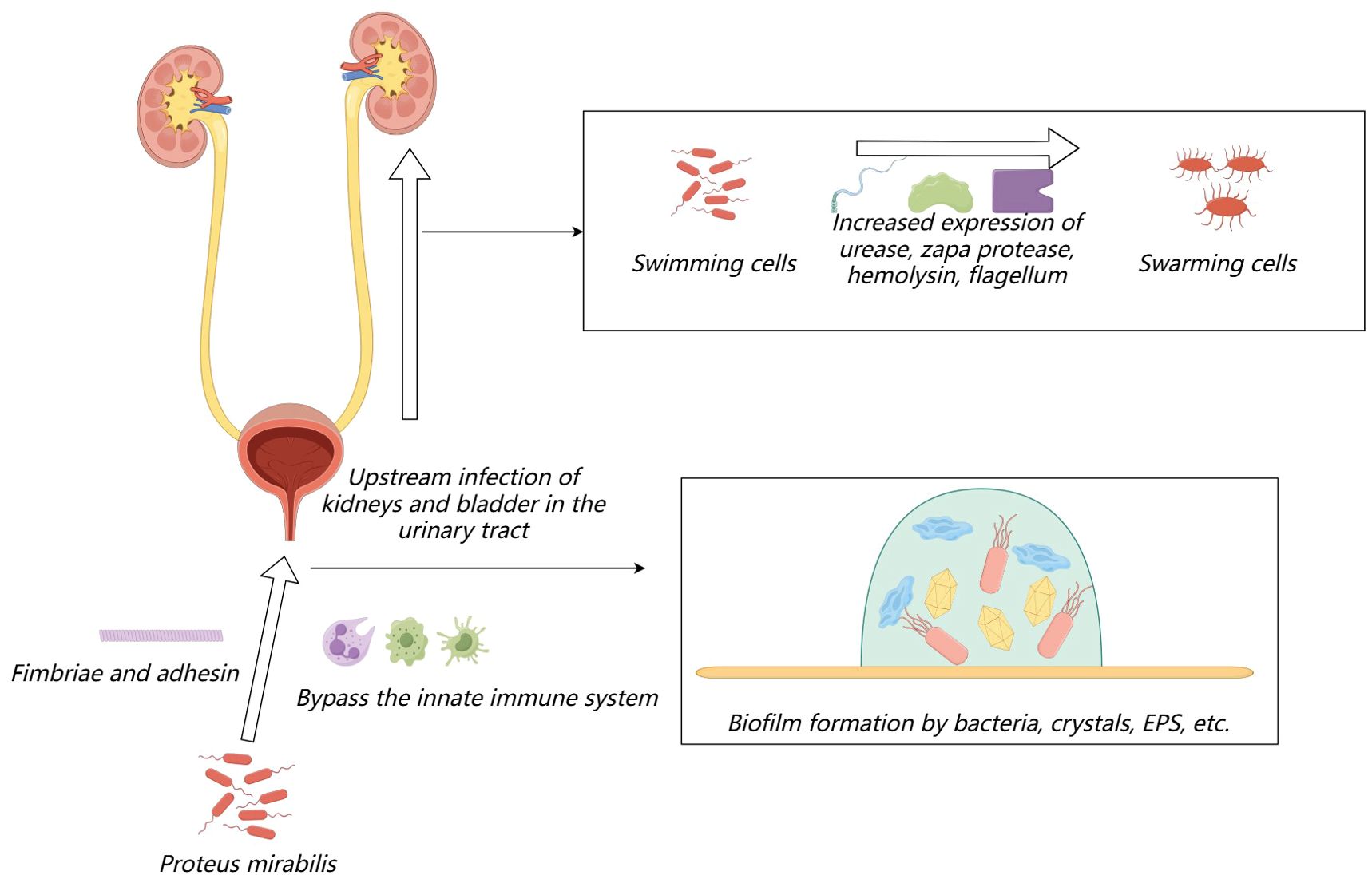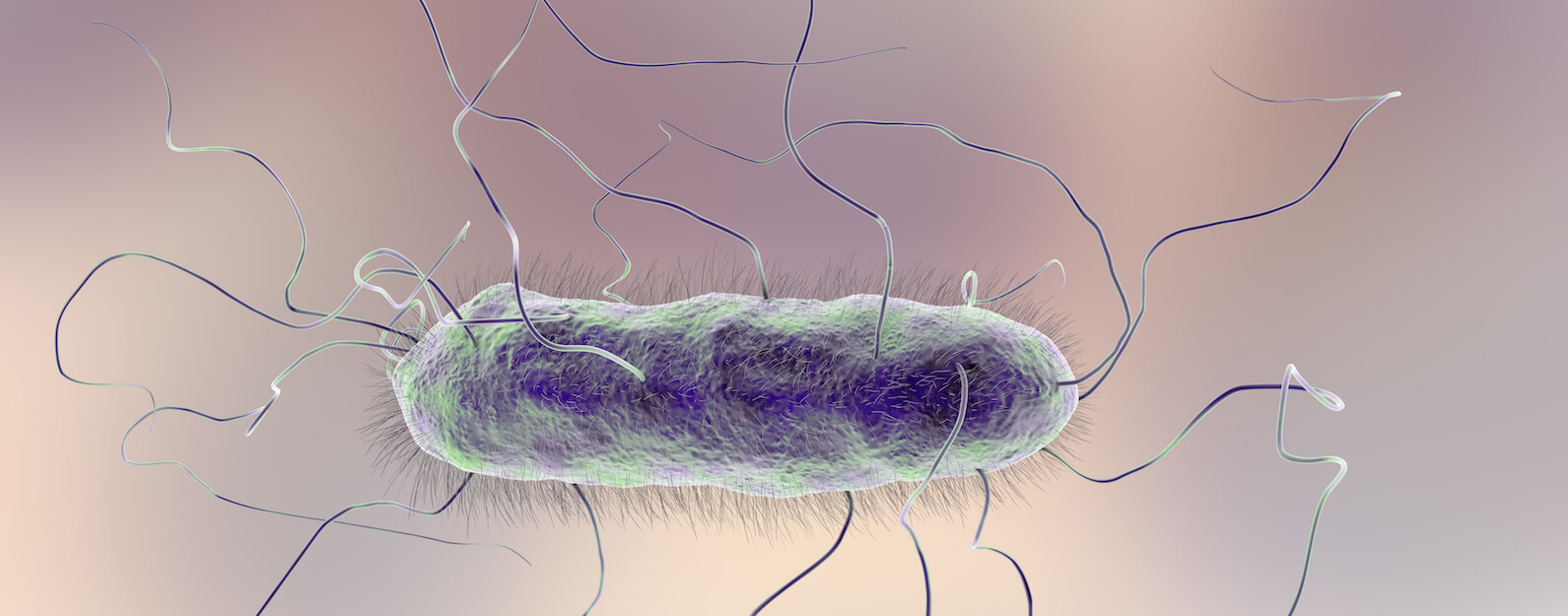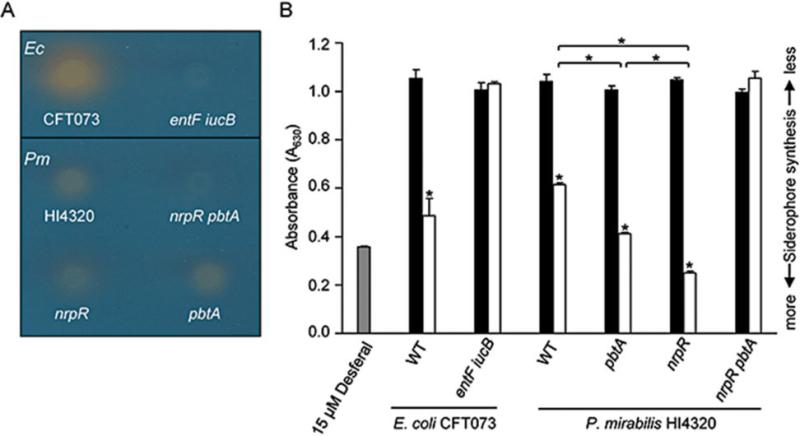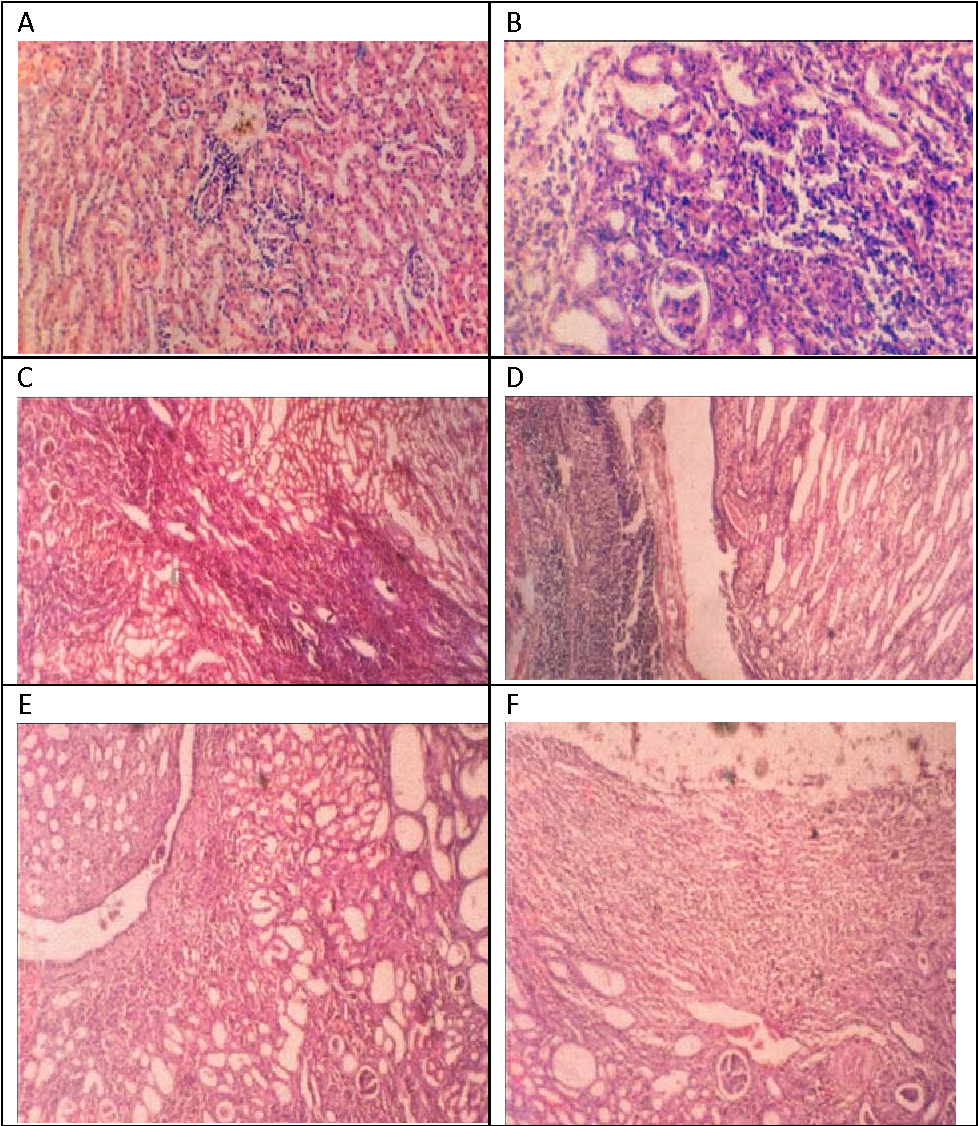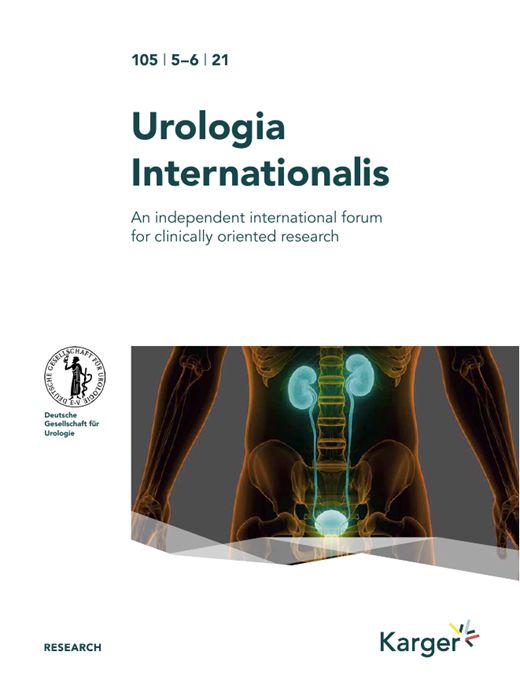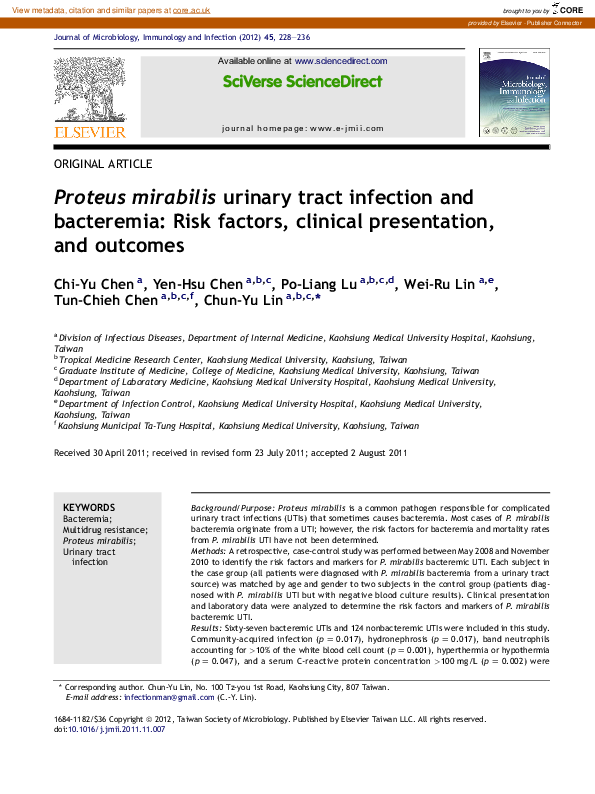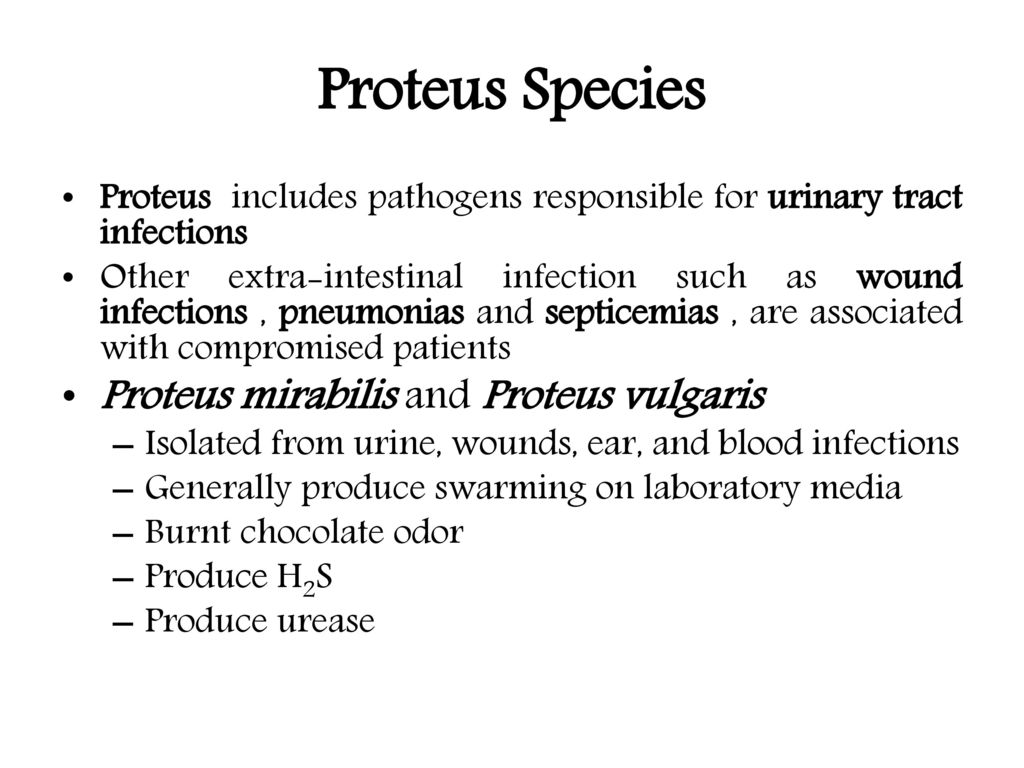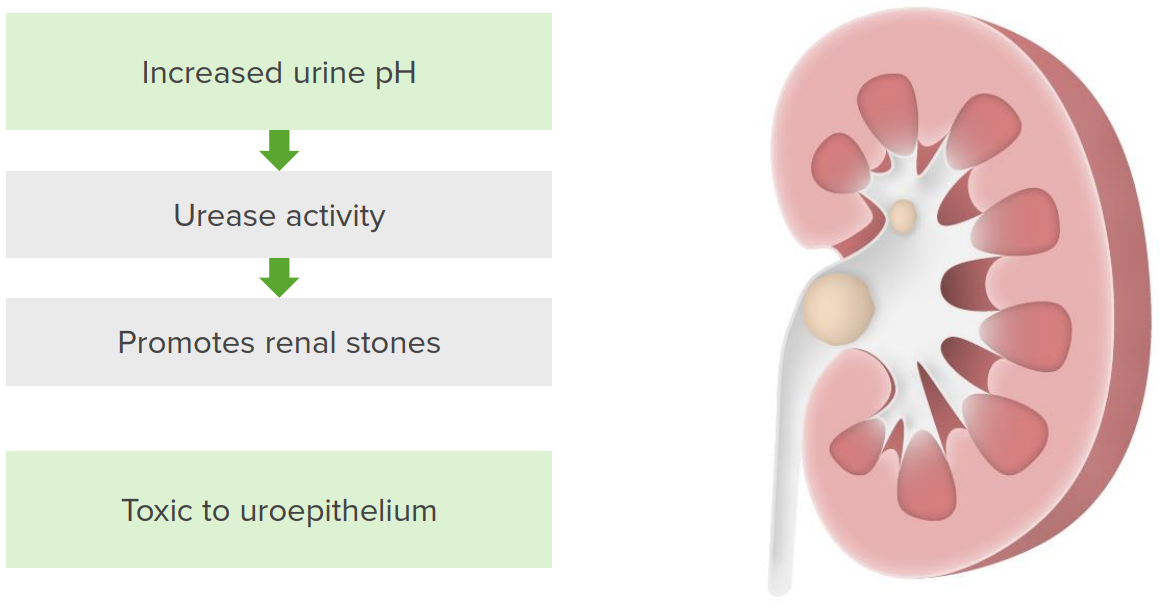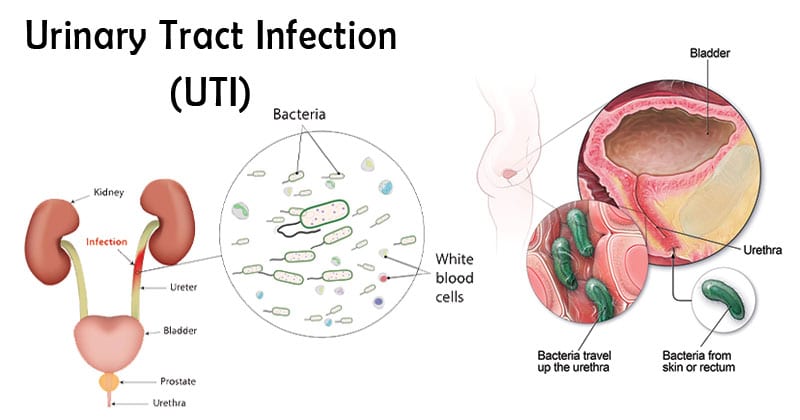Proteus Mirabilis And Urinary Tract Infections
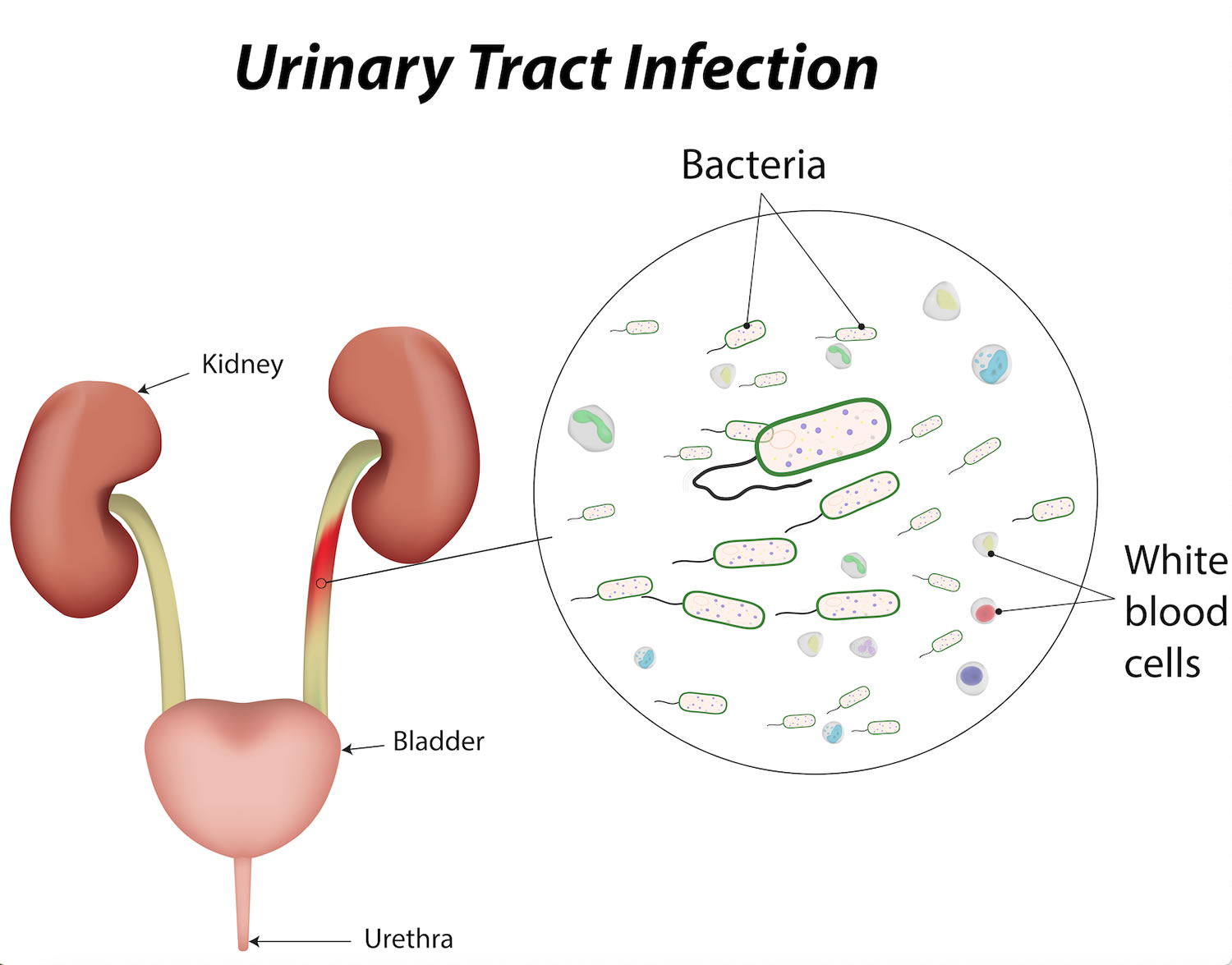
Imagine the sharp, stinging sensation, the constant urge, the unsettling feeling that something is profoundly wrong. For millions, this is not a fleeting discomfort, but a recurring battle against a urinary tract infection, or UTI. And sometimes, the culprit is a seemingly unassuming bacterium called Proteus mirabilis.
This article delves into the world of Proteus mirabilis, exploring its role in causing UTIs, particularly complicated infections, and what makes it such a persistent adversary. We will also explore treatment options and preventative measures, aiming to empower readers with knowledge to navigate this common yet often debilitating health issue.
Understanding Urinary Tract Infections
Urinary tract infections are among the most common bacterial infections worldwide. They occur when bacteria enter the urinary tract, which includes the kidneys, ureters, bladder, and urethra, and begin to multiply.
While UTIs can affect anyone, they are significantly more prevalent in women due to anatomical differences, namely a shorter urethra, which allows bacteria easier access to the bladder. The symptoms can range from mild discomfort to severe pain, accompanied by fever and potential complications if left untreated.
Escherichia coli and Other Culprits
The vast majority of UTIs are caused by Escherichia coli (E. coli), a bacterium commonly found in the gut. However, a variety of other bacteria can also cause UTIs, including Klebsiella pneumoniae, Staphylococcus saprophyticus, and, of course, Proteus mirabilis.
While less frequent than E. coli, Proteus mirabilis infections are often associated with more complicated UTIs, particularly in individuals with urinary catheters, structural abnormalities of the urinary tract, or a history of recurrent infections. Understanding the unique characteristics of Proteus mirabilis is crucial for effective diagnosis and treatment.
The Proteus Predicament
Proteus mirabilis is a Gram-negative bacterium known for its remarkable motility, its ability to swim rapidly and colonize surfaces effectively. This bacterium thrives in alkaline environments and produces an enzyme called urease.
Urease breaks down urea, a compound found in urine, into ammonia. This process increases the pH of the urine, making it more alkaline and promoting the formation of crystals, specifically struvite (magnesium ammonium phosphate) and calcium phosphate.
These crystals can then coalesce to form kidney stones, further complicating the infection and potentially leading to obstruction of the urinary tract. This stone formation is a hallmark of Proteus infections and distinguishes them from many other types of UTIs.
Biofilms: A Bacterial Fortress
Another factor contributing to the persistence of Proteus mirabilis infections is its ability to form biofilms. Biofilms are communities of bacteria encased in a protective matrix of extracellular polymeric substances (EPS).
These biofilms adhere to surfaces, such as catheters or the lining of the urinary tract, making the bacteria much more resistant to antibiotics and the host's immune system. Eradicating biofilms requires higher concentrations of antibiotics and prolonged treatment courses.
The presence of biofilms also contributes to recurrent infections, as bacteria can persist within the biofilm even after antibiotic treatment and then re-emerge when conditions are favorable.
Diagnosis and Treatment
Diagnosing a Proteus mirabilis UTI typically involves a urine culture. A urine culture identifies the specific bacteria causing the infection and determines which antibiotics are effective against it.
Microscopic examination of the urine may also reveal the presence of struvite crystals, providing further evidence of a Proteus infection. Given the propensity for stone formation, imaging studies, such as an X-ray or ultrasound, may be necessary to assess for the presence of kidney stones.
Treatment usually involves antibiotics, selected based on the results of the urine culture's antibiotic sensitivity testing. Common antibiotics used to treat Proteus mirabilis infections include fluoroquinolones, aminoglycosides, and cephalosporins. However, antibiotic resistance is an increasing concern.
Addressing Complications
In cases of complicated UTIs, such as those involving kidney stones or biofilms, additional interventions may be necessary. Kidney stones may require surgical removal or other procedures, such as lithotripsy, to break them down into smaller fragments that can be passed more easily.
For biofilm-associated infections, longer courses of antibiotics may be needed, and in some cases, catheter removal or replacement may be recommended. Strategies to disrupt or prevent biofilm formation are also being investigated, including the use of enzymes that degrade the biofilm matrix.
It's crucial to follow a healthcare provider's instructions carefully and complete the full course of antibiotics, even if symptoms improve, to ensure complete eradication of the infection and prevent recurrence.
Prevention and Proactive Measures
Preventing Proteus mirabilis UTIs, particularly in individuals at higher risk, involves a multi-faceted approach. Maintaining good hygiene practices, such as wiping front to back after using the toilet, can help prevent bacteria from entering the urinary tract.
Staying well-hydrated is also essential, as frequent urination helps to flush out bacteria from the urinary system. For individuals with urinary catheters, proper catheter care and regular replacement, as directed by a healthcare provider, are crucial to minimize the risk of infection.
In some cases, preventative antibiotics may be considered for individuals with recurrent UTIs, but this approach should be carefully evaluated due to the risk of antibiotic resistance.
The Role of Diet and Supplements
Certain dietary modifications and supplements may also play a role in preventing UTIs. Cranberry products, such as cranberry juice or capsules, have been shown to help prevent E. coli from adhering to the bladder wall, although their effectiveness against Proteus mirabilis is less clear.
Probiotics, which are beneficial bacteria that can help restore a healthy balance of microorganisms in the gut and urinary tract, may also be helpful in preventing recurrent UTIs. However, more research is needed to determine the most effective strains and dosages of probiotics for UTI prevention.
Consulting with a healthcare provider or registered dietitian can help individuals develop a personalized plan for UTI prevention based on their individual risk factors and medical history.
Living with Proteus mirabilis UTIs: A Word of Encouragement
Dealing with recurrent or complicated UTIs caused by Proteus mirabilis can be frustrating and disheartening. The persistent symptoms and the potential for complications can significantly impact quality of life. However, it is important to remember that effective treatment options are available, and proactive measures can help prevent future infections.
Open communication with healthcare providers is essential for developing a comprehensive management plan. This plan should address not only the acute infection but also the underlying risk factors and preventative strategies. Patient education plays a pivotal role in empowering individuals to take control of their health and reduce the burden of UTIs.
By understanding the unique characteristics of Proteus mirabilis and implementing evidence-based strategies for prevention and treatment, individuals can successfully manage these infections and improve their overall well-being. Remember, you are not alone in this journey, and with the right support and knowledge, you can overcome the Proteus predicament.


